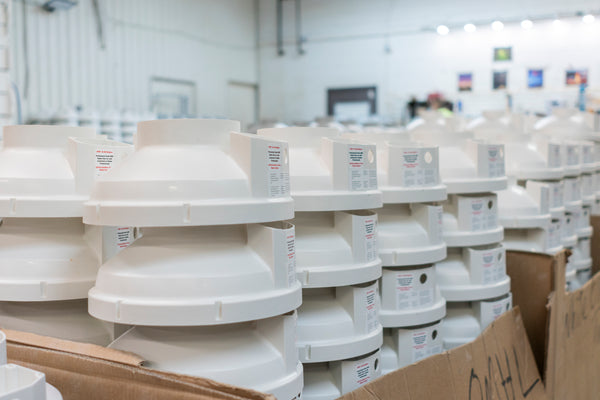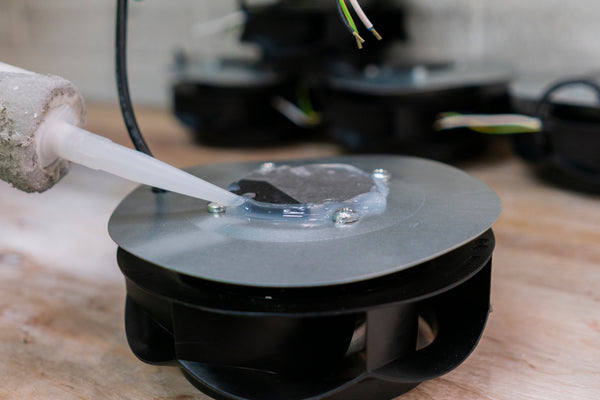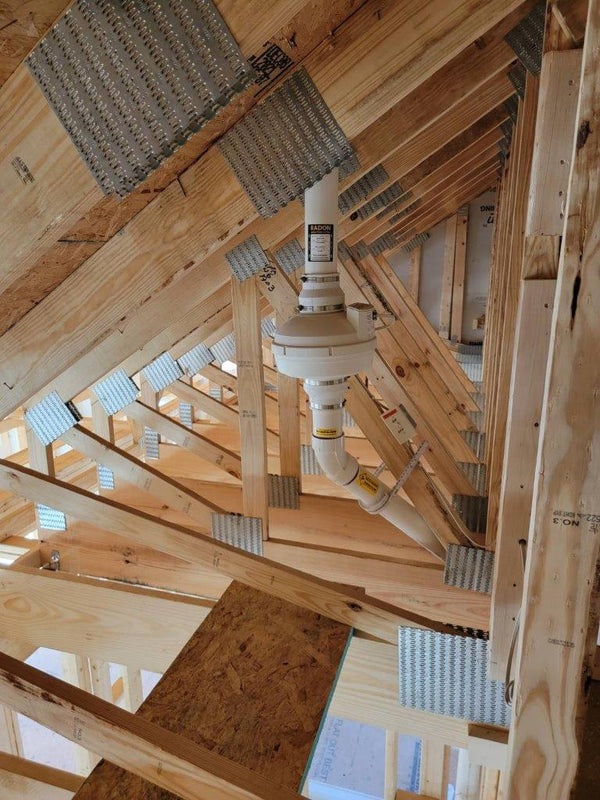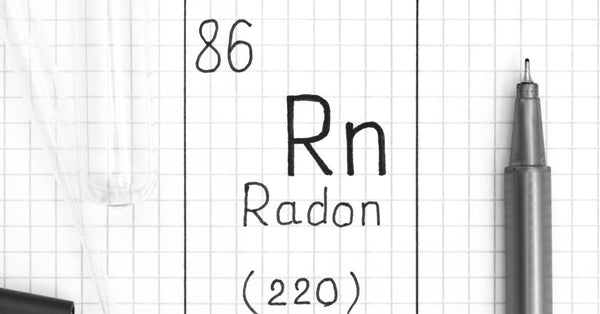
What Are EC Radon Fans and Do You Need One?
If you’ve been researching ways to make your home safer, you may have come across discussions about radon and how to mitigate it. Radon is a serious health hazard, yet many homeowners remain unaware of its risks. Enter EC radon fans, an innovation in radon mitigation technology designed to keep homes safe while maximizing efficiency and comfort.
But what are EC radon fans, and do you need one? This comprehensive guide will help you understand what EC radon fans are, how they work, and whether they’re the right solution for your home. From the health risks of radon to the benefits of EC fans over traditional models, we’ll discuss everything you need to make an informed decision.
The Radon Threat: Understanding the Health Risks
To understand the purpose of an EC radon fan, we first need to understand the issue it combats.
What Is Radon and Why Is It a Health Hazard?
Radon is a type of radioactive gas that’s created when the uranium that’s naturally present in soil breaks down over time. You can’t see, smell, or taste it, but this gas can seep into your home and accumulate to dangerous levels. When inhaled over long periods, it can damage lung tissue and significantly increase the risk of developing lung cancer.
How Does Radon Enter Homes?
Radon gas typically enters homes through cracks in the foundation, gaps in flooring, construction joints, and around plumbing pipes. Homes that are well-insulated or tightly sealed may inadvertently trap more radon, making the problem worse. Radon levels can vary significantly depending on geographic location, the type of soil under your home, and how your house is constructed.
Radon Testing Basics for Homeowners
Testing your home for radon is the first step to ensuring your family is safe. You can purchase a radon test kit online or at a home improvement store. Short-term kits measure radon levels for 2–7 days, while long-term tests provide a more comprehensive reading over several months. You can also use a continuous radon monitor such as the EcoBlu or EcoQube. If test results show radon levels of 4.0 pCi/L or higher, it’s time to take action by installing a radon mitigation system with a reliable fan.

Traditional AC Radon Fans vs. EC Radon Fans
How Traditional AC Radon Fans work
Traditional radon mitigation systems use alternating current (AC) fans. These fans are straightforward and powered by the standard AC electrical supply found in homes. The fans create a vacuum that draws radon gas from beneath your home and vents it safely outside. While effective, AC fans are not particularly energy-efficient and can be noisy.
The Technology Behind EC Radon Fans
Electronically commutated (EC) radon fans, on the other hand, feature advanced motor technology that runs on AC power but with the adjustable speed control found in direct current (DC) motors. An EC radon fan adjusts its motor speed based on the needs of your radon mitigation system, which optimizes energy use and airflow. This makes EC fans a much smarter choice for energy-conscious homeowners.
Key Differences Between AC and EC Fans
- Energy efficiency: EC radon fans consume significantly less energy than their AC counterparts. Their variable speed motors ensure that no extra electricity is wasted.
- Reduced noise: EC fans operate much more quietly, making your home feel more comfortable.
- Extended lifespan: With a more sophisticated design, EC fans tend to last longer, giving you better value over time.
- Cost: While some EC fans have a higher upfront cost than AC fans, their long-term energy savings can make up for the initial investment.
Benefits of EC Radon Fans
Energy Savings
One of the biggest appeals of EC radon fans is their ability to lower your energy usage. Their variable speed motors adjust automatically to run at optimal energy levels, saving you money on your monthly utility bills. Over the years, these savings can offset the initial cost of the fan.
Reduced Noise
No one wants to be distracted by the hum of a loud fan. EC radon fans are designed to operate quietly, allowing you to maintain peace and quiet in your home while still addressing radon concerns effectively.
Extended Lifespan and Reliability
EC fans are built with durability in mind. The advanced motor design reduces wear and tear, ensuring a longer lifespan compared to traditional AC models. This means you’ll need less frequent replacements over time.
Improved Sustainability
Because they use less energy and last longer, EC radon fans contribute to a more sustainable future. They produce a smaller carbon footprint, helping eco-conscious homeowners make a positive impact on the environment.
Types of AMG EC Radon Fans
AMG offers several high-quality EC fan models, each designed to fit a range of radon remediation fan needs. Here are some popular options to consider:
- Eagle Extreme EC: For large homes and particularly compact sub-slabs.
- Hawk EC: For moderate to large homes with porous sub-slabs like gravel.
- Maverick EC: For moderately sized homes with porous sub-slabs.
- Legend EC: For large homes with porous sub-slabs.
- Legend Extreme EC: For very large homes with porous or compact sub-slabs.
- Prowler EC: For moderately sized homes with compact sub-slabs.
Each model varies in strength and airflow capacity, so make sure to choose the one that fits your home's specific radon mitigation requirements.

Installation and Maintenance Requirements
Professional Installation vs. DIY Considerations
While EC radon fans are powered by standard AC outlets, their wiring is a bit more complex than traditional AC fans. Unless you’re highly skilled in electrical work, it’s safest to hire a certified radon professional for the installation.
Basic Maintenance Tips to Ensure Optimal Performance
To keep your EC radon fan running smoothly, follow these maintenance tips:
- Inspect your system’s manometer to ensure the fan is maintaining suction.
- Check the discharge point where radon is vented out of your home to ensure it’s clear.
- Retest your home’s radon levels at least once per year.
Troubleshooting Common Issues
Common issues with radon fans, such as reduced airflow or unexpected noise, can usually be resolved by checking for debris or blockages in the venting system. If problems persist, consult a professional to inspect the installation or wiring.
Cost Comparison: AC Radon Fans vs. EC Radon Fans
EC radon fans generally cost more than AC models. However, thanks to their lower energy consumption, EC radon fans can reduce your electricity bill significantly. Over the life of the fan, the initial cost difference between EC and AC models is usually outweighed by these savings.
Some states and local governments offer rebates or incentives for energy-efficient home improvements, including EC radon fans. Be sure to research available programs in your area or from your utility company.
Selecting a Radon Fan for Your Home
Now that you know what EC radon fans are and how they work, it’s easier to decide if they’re right for your home. If you want an efficient, quiet, and reliable solution for mitigating radon while saving energy, an EC radon fan is worth the investment. Speak with a radon remediation expert today to learn more about which fan is best for your needs.

